
Smart traffic lights help reduce congestion - Photo: ANH THU
Smart traffic lights are systems that integrate sensors, cameras, real-time data and AI technology to adjust light cycles flexibly, according to vehicle density, not at fixed hours.
Where in Vietnam are smart traffic lights installed?
In Ho Chi Minh City, AI technology has been tested to coordinate traffic lights at several hotspots such as the Nguyen Gia Tri - D5 intersection, Ung Van Khiem - Nguyen Gia Tri intersection, Hang Xanh intersection and Dai Liet Si intersection.
According to the assessment of the Ho Chi Minh City Department of Transport, traffic situation in these areas has basically stabilized after the implementation of the smart traffic light system.
Meanwhile, Hanoi also pioneered the application of smart traffic lights on routes such as Giang Vo - De La Thanh, Nguyen Trai - Truong Chinh and Lang Ha - Thai Ha.
Traffic flow data is continuously updated to the control center for AI analysis, thereby coordinating traffic lights more flexibly.
What AI has over traditional traffic light systems is its ability to learn and predict. Instead of adjusting lights on an hourly basis, as is done in the past, AI adjusts based on the actual situation: if today there is a minor accident or heavy rain causing cars to swerve in a different direction, the system will adapt immediately.
For example, if it detects that there are more than 50 vehicles waiting at a red light in direction A, while there are only 7 vehicles in direction B, the system will automatically extend the green light for direction A, helping to reduce local congestion. This happens in a split second, without waiting for a central controller to intervene.
Urban vision
Ms. Vu Thi Hanh (a technology car driver in Ho Chi Minh City) shared: "I often go through Vo Van Kiet Street near Thu Thiem Tunnel. Previously, this section was often congested because of trucks and motorbikes intertwining, but now smart lights prioritize the direction of heavy traffic, so the congestion is clearly less."
In places where smart traffic lights are installed, traffic speeds have increased significantly and waiting times for lights have been significantly reduced during rush hours. AI adjusts traffic lights flexibly according to the actual traffic volume, helping to shorten waiting times and reduce congestion, thereby significantly improving people's journeys.
In addition, people also rely on data and warnings from smart lighting systems combined with map applications such as Google Maps, ZaloMap or Grab to choose effective routes, avoiding frequent traffic jams.
Traffic habits are also gradually changing, from 'going by familiar routes' to trusting real-time data and instantly adjusting routes to changing traffic conditions.
These improvements not only help reduce traffic stress but also save fuel, reduce emissions, contribute to improving quality of life and protecting the environment.
Smart transportation is more than just installing smart lights. It is an entire urban vision where data is connected, analyzed and used to make accurate and effective management decisions.
AI will not replace humans, but will help humans manage traffic in a more timely, objective and flexible manner.
And who knows, one day, you won't be frustrated anymore because 'why does the red light take so long?'.
Source: https://tuoitre.vn/di-duong-khoe-hon-nho-den-giao-thong-tich-hop-ai-20250606111227656.htm



![[Photo] National Assembly Chairman Tran Thanh Man attends the VinFuture 2025 Award Ceremony](/_next/image?url=https%3A%2F%2Fvphoto.vietnam.vn%2Fthumb%2F1200x675%2Fvietnam%2Fresource%2FIMAGE%2F2025%2F12%2F05%2F1764951162416_2628509768338816493-6995-jpg.webp&w=3840&q=75)
![[Photo] 60th Anniversary of the Founding of the Vietnam Association of Photographic Artists](/_next/image?url=https%3A%2F%2Fvphoto.vietnam.vn%2Fthumb%2F1200x675%2Fvietnam%2Fresource%2FIMAGE%2F2025%2F12%2F05%2F1764935864512_a1-bnd-0841-9740-jpg.webp&w=3840&q=75)









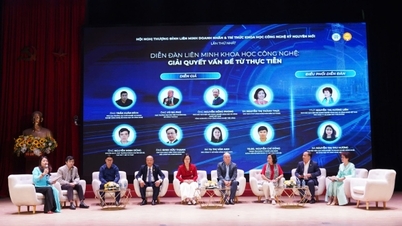















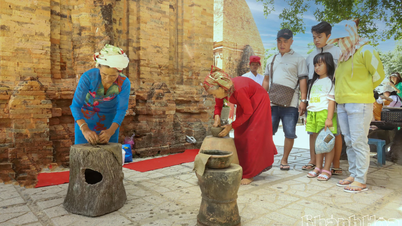










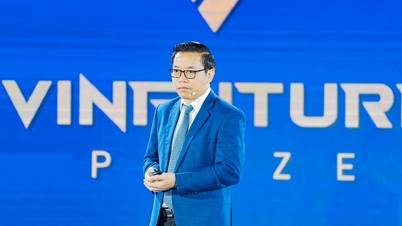

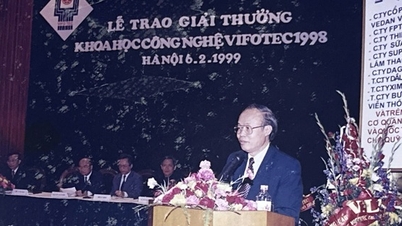

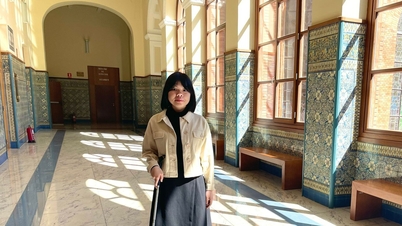

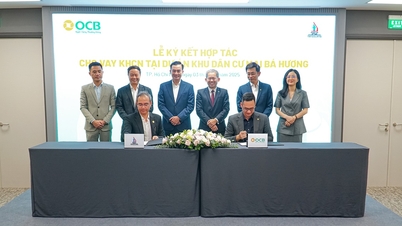

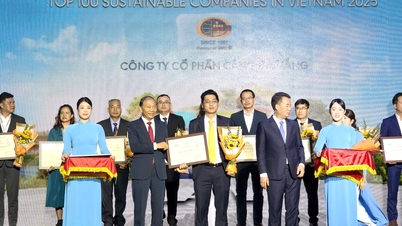
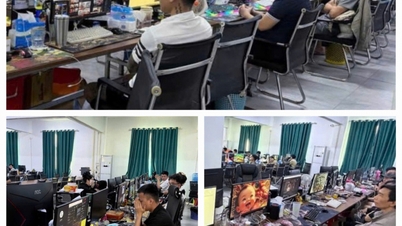
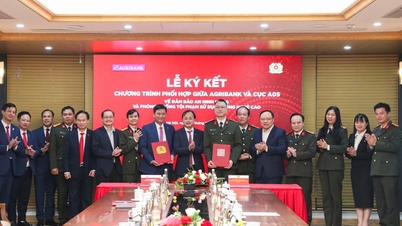

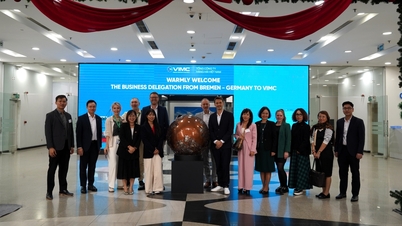
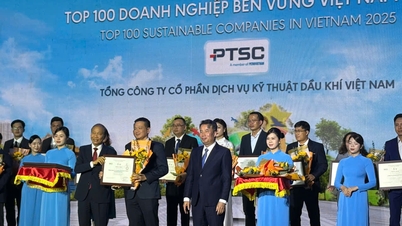











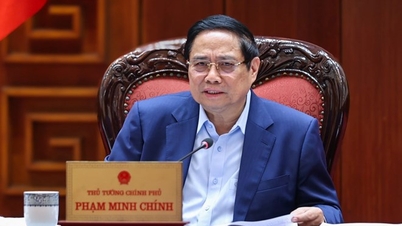
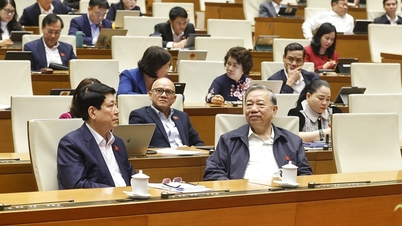
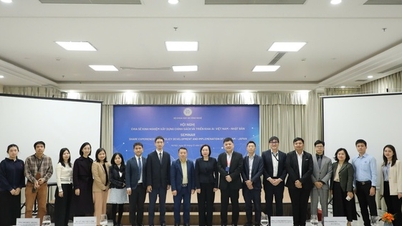
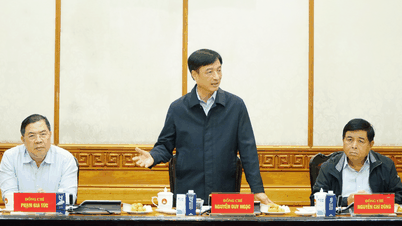

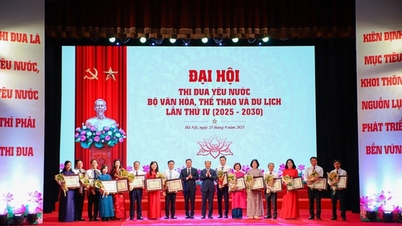

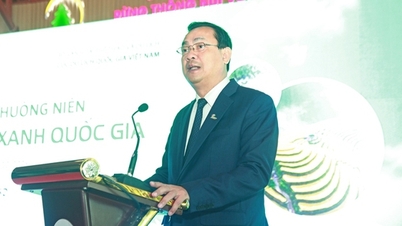
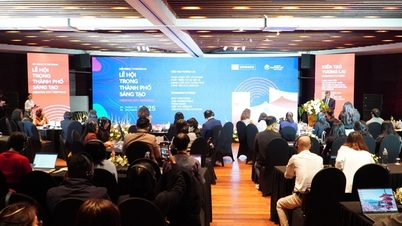
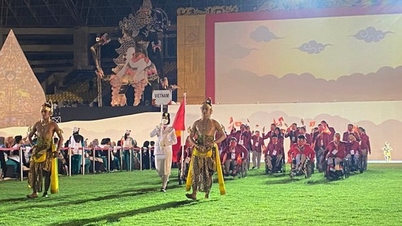


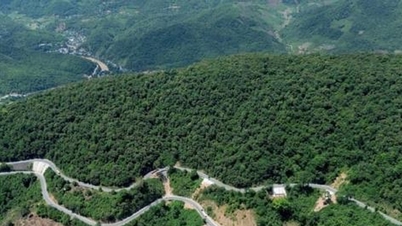
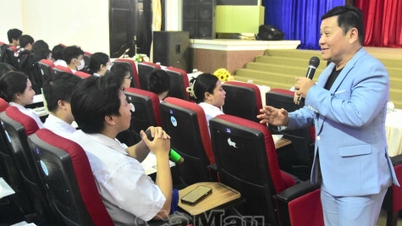

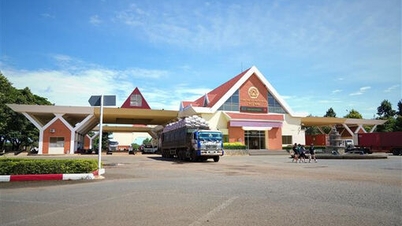




















Comment (0)